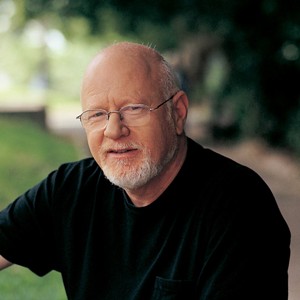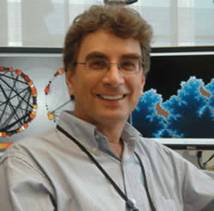TOWARD A SCIENCE OF CONSCIOUSNESS 2011
STOCKHOLM MAY 1-8, 2011 AULA MAGNA HALL

PLENARY 5
WEDNESDAY, MAY 4 11:10 pm - 12:30 pm
Neural correlates of consciousness I
RAFAEL MALACH, Weizmann, Local Neuronal Ignitions And The Emergence Of Perceptual Awareness
DIETMAR PLENZ, NIH, Neuronal Avalanches, Coherence Potentials, And Cooperativity: Dynamical Aspects That Define Mammalian Cortex

RAFAEL MALACH
Department of Neurobiology- Brain Sciences Program
Weizmann Institute of Science
Born in Israel, Prof. Malach earned a B.Sc. in biology (1974) and a M.Sc. in neurobiology (1977), both with distinction, from the Hebrew University of Jerusalem. He received his Ph.D. in physiological optics (1982) from the University of California at Berkeley. He then spent several years as a postdoctoral fellow studying neuroanatomy at the Massachusetts Institute of Technology (MIT). In 1985, he returned to Israel and joined the staff of the Weizmann Institute as a Scientist. He was appointed Senior Scientist in 1988 and full Professor in 2002. He has since served as a visiting scientist at MIT, Massachusetts General Hospital, and NYU. Previous honors include the Dean’s Prize for B.Sc. Studies, a Bantrell postdoctoral fellowship, and the Kimmel Prize for innovative research; he is Head of the Department of Neurobiology and the incumbent of the Barbara and Morris Levinson Professorial Chair in Brain Research.
Prof. Malach has contributed to the scientific understanding of the ways in which the human brain processes sensory information. His goal is to understand, at the neural level, how the brain’s cortex underlies the emergence of sensory perceptual images in the human mind. Prof. Malach has demonstrated that a hierarchical sequence of anatomically connected cortical areas is involved in this process. This hierarchical flow culminates in a set of highly specialized cortical regions, among which an important component is a cortical region, dedicated to the analysis of visual objects which Prof. Malach identified and termed the Lateral Occipital Complex. More recently, Prof. Malach’s group has focused on the neuronal conditions associated with crossing the perceptual threshold, using both functional MRI in healthy volunteers and electrophysiological signals obtained intracranially for diagnostic purposes in patients.

DIETMAR PLENZ
NIH
Dietmar Plenz is Chief of the Section on Critical Brain Dynamics in the Intramural Research Program at the NIMH. He attended college at the Universities of Mainz and Tuebingen, Germany. Under the supervision of Prof. Valentino Braitenberg and Ad Aertsen, he received his Ph.D. in 1993 at the Max-Planck Institute of Biological Cybernetics/University Tuebingen, where he pioneered the development of in vitro cortex networks to study the emergence of neuronal population dynamics. During his 3 year postdoctoral fellowship with Stephen T. Kitai at the University of Tennessee, Memphis, he developed advanced cortex-forebrain neuronal cultures that allowed him to identify the mechanisms underlying distinct activity patterns that characterize normal and abnormal population dynamics in cortex and basal ganglia. Dr. Plenz joined the NIMH as an Investigator in 1999 and was promoted to Senior Investigator with tenure in 2006. His laboratory combines electrophysiological and imaging techniques and neuronal modeling to study the self-organization of neural networks.
|